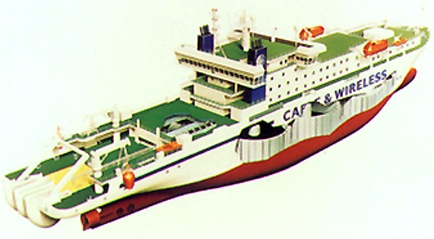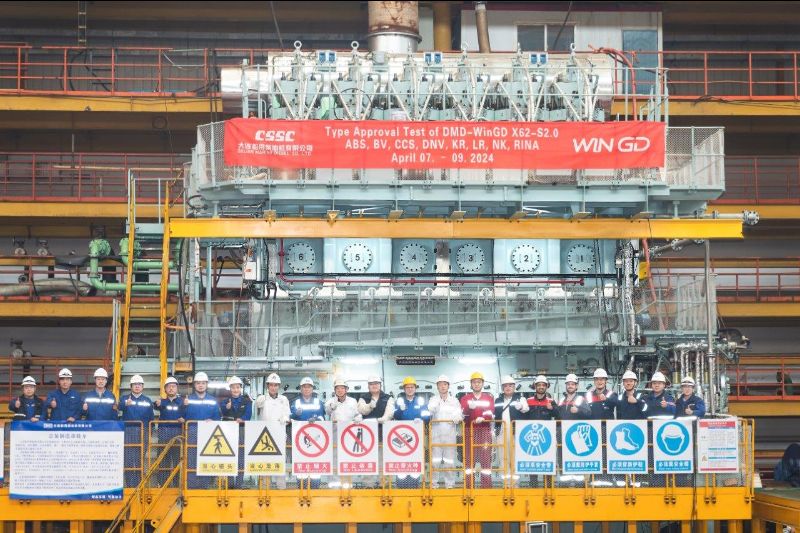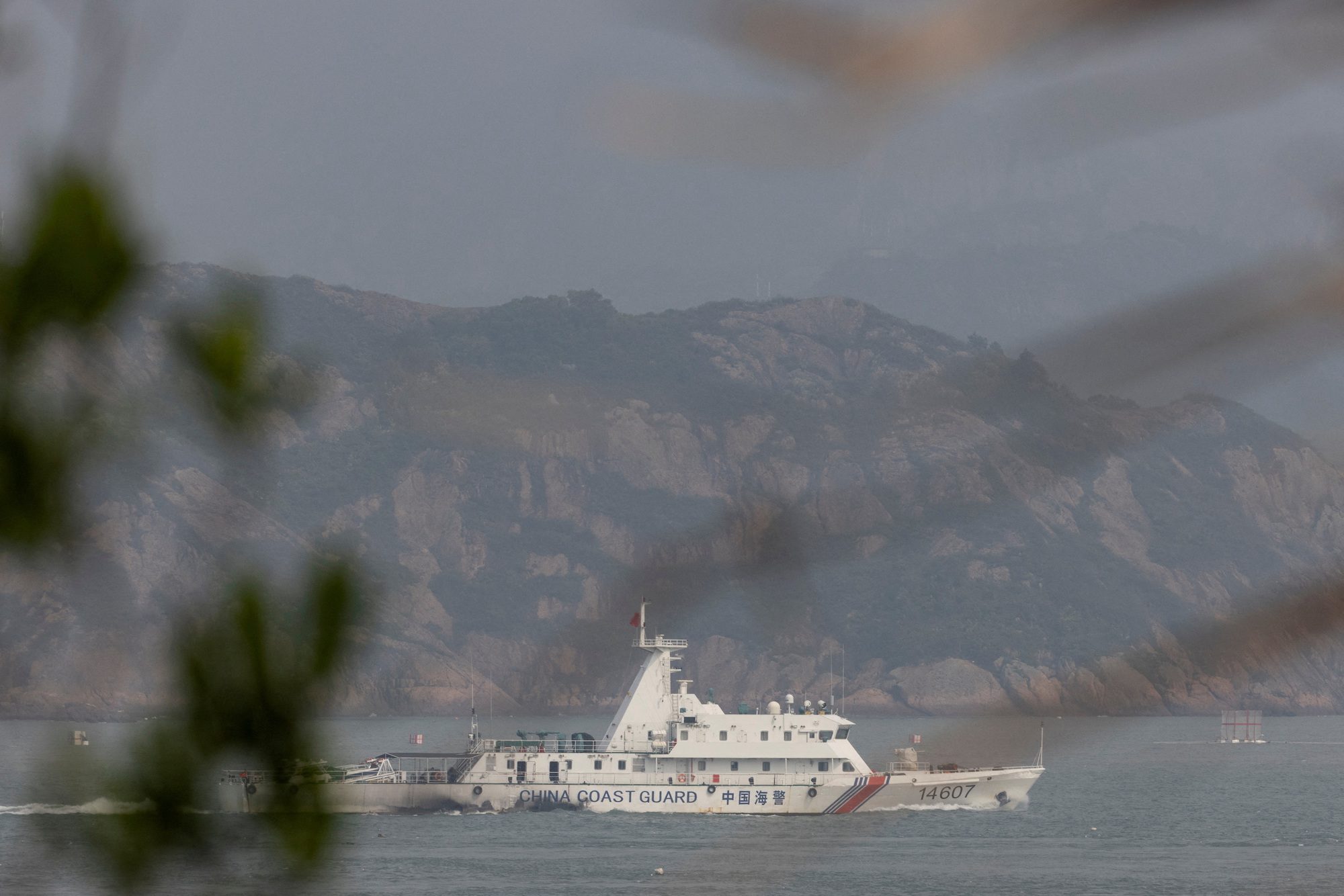Cable Laying Ships – Back In Business
Hit hard by the internet crash in 2000 cable laying ships (video) were hard pressed to find contracts laying subsea communication cable and took on less traditional projects like oceanographic research (see video below).
With eight long years behind us and the internet seeing a rebirth in what is called Web 2.0, the impressive cable laying ships are back in business. The SMH writes:
It grabbed the attention of wave riders this morning, but surfers of the web are likely to benefit most from a large ship moored near Sydney’s eastern suburbs beaches.
French vessel Ile De Sein was moored off Tamarama Beach this morning, as part of a project to lay 9000 kilometres of submarine cable between Sydney and Hawaii.
The cable, being laid by telecommunications company Alcatel-Lucent in partnership with Telstra, aims to boost the internet capacity between Australia and the US.
“The explosion of user-generated online content means we need more capacity than ever before with the United States, which is already the destination for two-thirds of all Australian traffic on the internet,” Telstra Wholesale’s Kate McKenzie said.
The cable is expected to be active by the end of the year.
The presence of the large ship so close to shore brought back memories of the Pasha Bulker, the bulk carrier that ran aground on Nobbys Beach, Newcastle, following a storm last year.
But a police spokesman said Ile De Sein had not issued any distress calls this morning. Continue Reading…
CNET has put together an interesting slideshow detailing the operation. We encourage you to view the entire show which can be found HERE but the following are some highlights:


The Ile de Sein is a massive ship that sports a crew of 60, who work in shifts to lay cable 24 hours a day, seven days a week.
The cable that runs between Australian and Hawaii isn’t straight; it needs to run around undersea mountains and past crevasses, as well as follow the rugged terrain of the sea floor.
Many months of planning were involved in plotting the best undersea route for the cable. A member of the project commented that the undersea cables can reach depths of 5,000 meters (3 miles) or more.


This is the fiber-optic cable that gets run under the sea–separated into different layers. The functional part of the cable is only 17 millimeters thick. This is coated in a flexible white plastic, which forms the outer layer.
The cable is dropped straight to the sea floor without any weights or additional protection. The only additional baggage is the optical signal amplifiers, of which 121 were used in the connection from Sydney to Hawaii, one every 75km (46.5 miles).


This is the cable spool, in which the massive amounts of undersea cable necessary to make the Sydney-Hawaii connection are stored. It’s 7 meters deep and about 15 meters in diameter. All the cable is laid in the spool by hand.
The cable is run live from the ship–data is continuously being sent down the cable–even as it drops to the ocean floor. This gives an indication of the performance of the cable and enables it to be continuously monitored.


This is the machine that runs the cable out to sea. In particularly deep oceans, the cable may not touch the ocean floor until it is 20 kilometers (12.4 miles) behind the ship or more. It is thus important to carefully monitor the stresses on the cable.


This is were the rubber meets the road, the hydraulic arm that lays the cable off the ship’s stern
Be sure to check out the entire slideshow with photography by Alex Serpo starting HERE
Video courtesy of Diesel Duck
Unlock Exclusive Insights Today!
Join the gCaptain Club for curated content, insider opinions, and vibrant community discussions.
Be the First
to Know


Join the 108,948 members that receive our newsletter.
Have a news tip? Let us know.



 Join The Club
Join The Club









